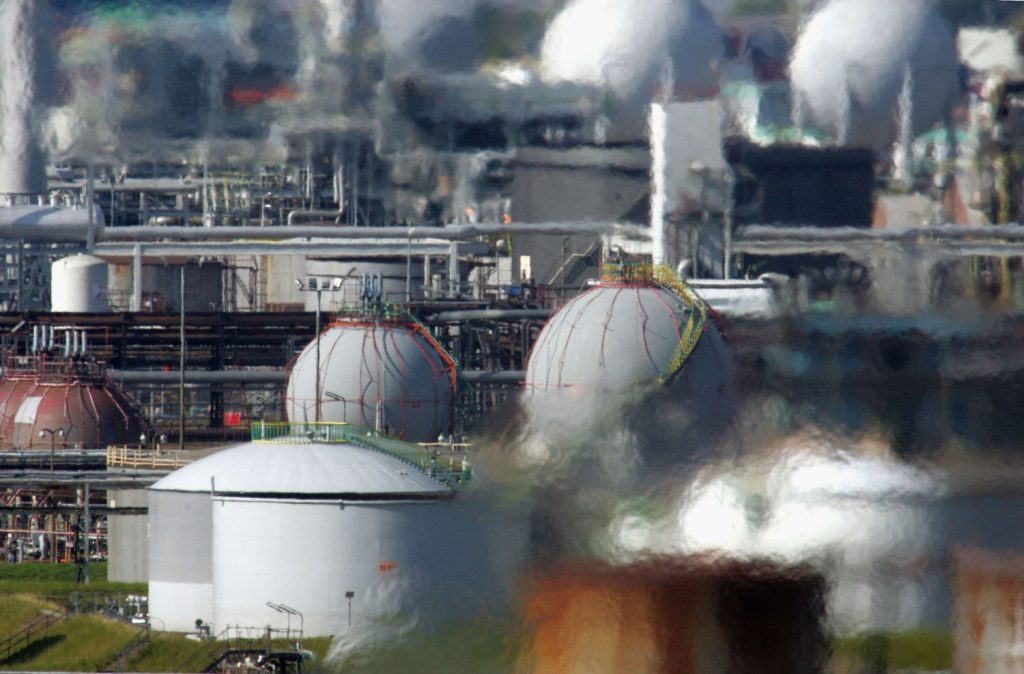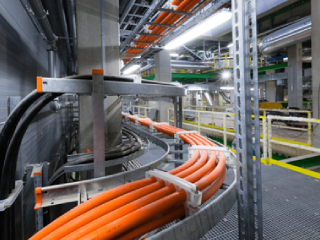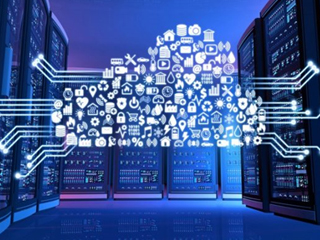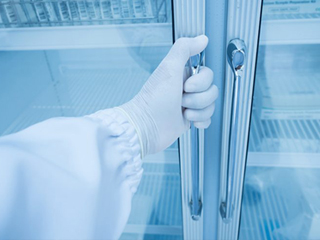The digital world has been part of the life of many people, from posting to social media, shopping online, fulfilling financial transactions. People are dedicating almost one-fourth of their day to the web.
- There are 7.83 billion people in the world in 2021. Out of this total world population, 66.6% use a mobile phone. That’s 5.22 billion of us.
- In January 2021, 4.66 billion people are using the internet. Consequently, this accounts for a 59.5% global internet penetration. Yes, about half of the world is now using the internet.
- There are 4.20 billion social media users. This is a 490 million jump over the past 12 months. As such, social media users account for 53% of the world’s total population.
The need for fast, precise, and cheap information is ever increasing. There is a network of data centers doing the work to power our digital connections. While we are familiar with the cloud as a storage option, it needs physical infrastructure. These data centers serve an extensive scale of digital activity. From the videos, we stream to the music we play—even our day-to-day dealings with social media. Data centers are the root of why our digital existence happens.
How Valuable are Data Centers?
A sudden mobile banking downtime will result in financial transactions being delayed, rescheduled, or, worst, canceled. A sudden crash of an online ticketing kiosk for air flights would lead to cancellations and delays – affecting many commercial activities. An enterprise’s power failure will result in millions and millions of income losses.
These negative consequences are a result of data center failure. While we can point out many reasons, a significant factor is overlooking overheating prevention. Massive IT failure results from equipment overheating. It may be because of low cooling capacity or impractical IT designs. Typically, IT equipment will shut down as a protective response to heat. Thus, downtime happens.
Consideration Of Data Center Temperature

Photo Credit: www.atulhost.com
Heat in the data center is a byproduct of the energy use. Anything that uses energy produces heat. In a sense, it becomes a waste product. In data centers, IT equipment burns power and generates heat.
A 2016 Greenpeace Click Clean report highlights the conversation around electricity use. It provides data stating that the IT sector consumes a significant amount of the world’s electricity. The IT industry expends 7% of electricity. Unfortunately, this consumption will triple from 2016 to 2020. As such, many companies are transitioning to cleaner energy sources. The avoidance of “dirty energy” is now earning normative status to many IT players. Currently, we have seen more and more notable tech giants utilizing renewable energy.
Despite the transition, however, is the ongoing battle of overheating prevention. “Clean energy” is one way of dealing with heat. It is a typical eco-friendly method that reduces heat waste production.
The move to prevent data centers from running too hot requires many considerations. But more importantly, the cause of concern lies in consuming too much energy. It may also be attributed to inefficient energy input. Suffice to say, overheating will shut down servers, negate digital device usage, and result in data and equipment loss.
Here are some steps in overheating prevention:
- Invest In Cooling Systems
The logical way to counter heat is to provide something that cools. Many data centers follow standard cooling systems to maintain and regulate temperature. Commercial air-conditioning systems are used for optimum cooling effect for more prominent organizations.
However, cooling systems do not solely revolve around maintaining temperature conditions. Advanced cooling technologies can utilize heat and recover it for other purposes. For instance, even an air-conditioning unit expels heat while cooling a space. The heat output can be used through recovery technology to heat other spaces outside of a data center.
Another new technology is a more excellent option for sustainability and eco-friendly returns. There are cooling technologies that utilize outside cool air when necessary. This means not all cooling is done in an “artificial means.” When possible, the use of outside air reduces energy consumed. It follows that when using cold air outside, the cooling unit is on “sleep mode.” This is referred to as “free cooling.”
- Natural Sources
Aside from cool air outside, steps in finding other natural cooling options are on the way. Google and Microsoft are finding ways to use the ocean as a cooling conduit. Google’s data center in Finland is utilizing cold seawater for cooling mechanisms. The tech giant connected gulf water through a tunnel to gather seawater in a no-energy, free-flow system. The best trade-off is clean water goes back to the gulf after.
On the other hand, Microsoft constructed a data center in the sea. It follows the same principle as Google. It is taking advantage of the cold seawater off the cost to keep the IT facility cool. According to Huffington Post, this project will use renewable energy to power up the data center.
- Avoid Heat Wastage

Photo Credit: e360.yale.edu
In principle, waste heat should never occur in the first place. That is if data centers invest in thorough capacity planning in the initial stage. But when waste heat becomes unavoidable for many different reasons, that heat can be utilized elsewhere. As mentioned, cooling technologies use heat waste for other purposes. As the leading air conditioning brand, Daikin highlights the capacity of their cooling units to use heat to warm other spaces. This is called heat recycling. Thus, all heat produced has a specific purpose, avoiding heat wastage.
Optimizing Overheating Prevention Activities
Heat wastes are an essential consideration in capacity planning for data centers. However, physical arrangements alone will not do a comprehensive solution. Overheating prevention requires sound data points for better simulation. This is where monitoring solutions become a norm for many data centers.
The use of temperature sensors is prescribed to be a basic monitoring strategy to prevent overheating. It is advised that running the center between 200C – 240C is optimal for sustaining IT servers efficiently. AKCP temperature sensors and thermal cabinet maps provide a precise data analysis for data centers. The use of collected temperature sensor data can advise optimum air conditioner temperature setpoints. Moreover, the ACKP temperature sensor is a cheap investment that monitors heat and accurately provides PUE points.
How Can Temperature Sensors Maximize Prevention Steps?
- Temperature sensors have graphing features best to account for historical temperature data. AKCP temperature sensors have base units to graph data and embed it on an HTML user interface. If multiple base units are deployed, data can be centralized on a data center NMS or using AKCPro server DCIM software. The graphs are evidence-based references that can maintain heat conditions on IT cabinets and check for hotspots where much-wasted heat resides.
- AKCP temperature sensors have alerts and notifications. This mechanism can proactively notify IT, staff, to maintain equipment correctly and take necessary corrective action.
- AKCP offers SNMP-enabled temperature sensors. AKCP actively maintains a downloadable sensor MIB file containing SNMP OID references to AKCP sensors and equipment. Furthermore, all sensor OIDs can be accessed directly from a web user interface. This enables better data transmittal and instantaneous analysis.
Having the right temperature monitoring system enables administrators to keep track of temperature conditions. This is a streamlined way of checking for heat wastage in the process. With benefits such as preventing downtime, keeping pertinent records, automatic alerts, and energy efficiency, temperature monitoring is sure to prevent any overheating occurrences.
Keeping Up With The Demand
As studies project a threefold increase in digital usage, data centers are bent to keep up with the demand. The challenge to run these data centers at optimum performance is massive. In essence, cooling steps are priceless recourse. Standardizing operational systems to avoid heat is another. With the many prevention alternatives, running efficiency is a potential promise.
As more and more people depend on digital applications and information, delivering the services is crucial. Datacenter overheating is a careful note to ponder. There is evidence to counter that optimizing prevention steps is of relative importance. Acknowledging its importance can push data centers to run efficiently to keep up with what users ask.
Data centers are there to make our lives better. It is imperative that they also need protection and maintenance to do so.
References Links:
https://datareportal.com/reports/digital-2021-global-overview-report#:~:text=Internet%3A%204.66%20billion%20people%20around,now%20stands%20at%2059.5%20percent.
https://www.itproportal.com/features/keeping-the-largest-data-centres-from-overheating/





